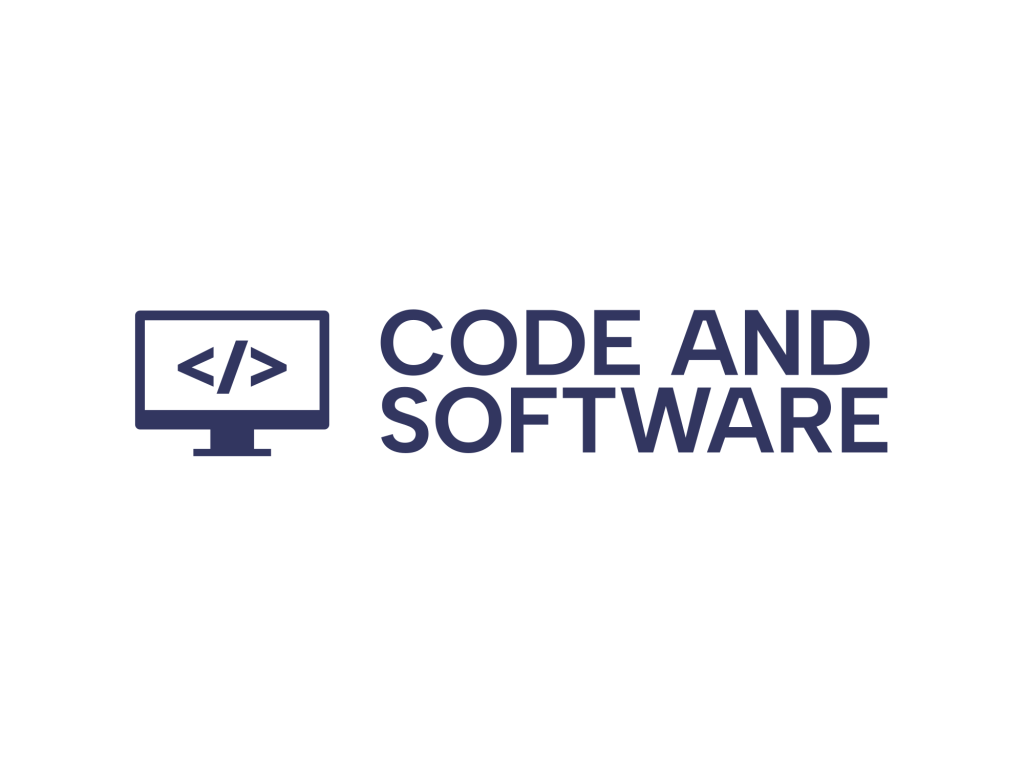Facebook is one of the most widely used social media platforms, connecting billions of people across the world. While it’s a great way to stay updated with friends and family, there may come a time when you want to limit someone’s access to your profile without taking drastic steps such as unfriending or blocking. That’s where Facebook’s “Restrict” feature comes in handy. In this guide, we’ll walk you through how to restrict someone on Facebook, explaining each step clearly, and also shedding light on what restricting actually does.
What Does “Restrict” Mean on Facebook?
Before diving into the steps, it’s important to understand what restricting someone means. When you restrict a person on Facebook:
- They remain in your friend list, so they won’t know they’ve been limited.
- They will only see content you’ve marked as Public or posts in which they are tagged.
- They won’t see future posts you share with your “Friends” audience.
- They can still send you messages and view your profile’s public information.
This makes restricting a great way to maintain digital diplomacy—especially if you want to avoid awkward confrontations by not unfriending someone outright.
Should You Restrict Instead of Unfriend or Block?
Sometimes you’re caught in situations where completely cutting someone off isn’t the best approach. Let’s say you have a co-worker, distant family member, or acquaintance whose presence on your profile makes you feel uncomfortable. In these cases, restricting them helps maintain boundaries without alerting them.
Here’s a quick comparison:
| Action | Effect |
|---|---|
| Restrict | Keeps the person as a friend but hides most of your content from them. |
| Unfriend | Removes them from your friend list. They can still message you and view public info. |
| Block | They can’t view your profile, message you, or tag you. You disappear entirely from their Facebook experience. |
How to Restrict Someone on Facebook (Step-by-Step Guide)
Now that you know the “why,” let’s get into the “how.” Here’s a step-by-step guide for restricting someone using both the Facebook app and desktop browser.
Using the Facebook Mobile App
-
Open the Facebook app on your smartphone and log in.
-
Search for the person you want to restrict by using the search bar at the top.
-
Go to their profile and tap the three-dot icon (…) just below their profile picture.
-
A menu will appear. Tap on “Friends”, followed by “Edit Friend List”.
-
Select “Restricted” from the list of options. A checkmark should now appear next to it.
-
Tap “Done”. That’s it! You’ve successfully restricted the person.
Using Facebook on a Desktop Browser
-
Log into Facebook at facebook.com.
-
Go to the profile of the friend you want to restrict by typing their name in the search bar.
-
Click the “Friends” button on their profile (next to “Message” or “Follow”).
-
From the dropdown menu, click “Edit Friend List.”
-
Check the box labeled “Restricted.” A check mark will confirm they’ve been added to the restricted list.
-
You can close the menu; changes are saved automatically.
How to Know If You’ve Already Restricted Someone
It’s hard to keep track of who’s restricted, especially if you have a large friend list. Here’s how you can see who’s currently on your restricted list:
- Go to your Facebook homepage.
- Click on the menu (three lines on mobile or the down arrow on desktop).
- From there, go to “Friends” → “Custom Lists”.
- Click on “Restricted.” You’ll see everyone you’ve added to that list.
You can also remove someone from the list by reversing the steps above and unchecking the “Restricted” box.
Will They Know You’ve Restricted Them?
One of the reasons Facebook’s Restrict feature is so frequently used is because it’s completely discreet. The person you restrict will:
- Not be notified about the change.
- Still be able to message you and interact on older public posts.
- Only see posts you share with the Public or ones where they are tagged.
As far as they’re concerned, nothing has changed. This subtle filtering is ideal for maintaining peace across professional and social settings.

Bonus Tips for Better Privacy Management
Restricting someone is just one way to manage your Facebook visibility. Here are a few more tips to strengthen your privacy setup:
- Customize your post audience: Each time you post, click the audience selector icon (usually set to “Friends”) and choose who can see it.
- Review tagged posts: Enable “Timeline Review” under your profile settings to approve tags before they appear on your timeline.
- Check your public profile view: Use the “View As” tool to see what your profile looks like to anyone not on your friends list.
- Create custom lists: Aside from “Restricted,” Facebook lets you build Friend Lists like “Work,” “Close Friends,” or “Family” so you can better target your content.
What Happens If They Try to Interact?
Even when restricted, the person can still:
- Send you private messages.
- Comment on public posts (or older posts that were previously shared with “Friends”).
- Tag you in their content.
However, any new post that isn’t explicitly made Public or doesn’t involve that person will simply not appear on their News Feed or timeline under your name.
Final Thoughts
Facebook can be an excellent tool—or a social headache—depending on how you manage your network. Whether you’re being cautious about oversharing or just want to avoid complications, the “Restrict” feature offers a clean, respectful way to filter your digital space.
Now that you know how to restrict someone on Facebook in just a few steps, you can take better control over your social media interactions. Remember—privacy is power, and it starts with knowing your options.

